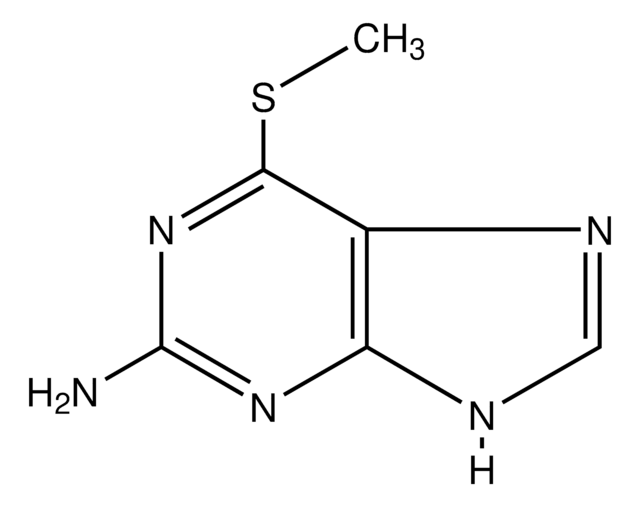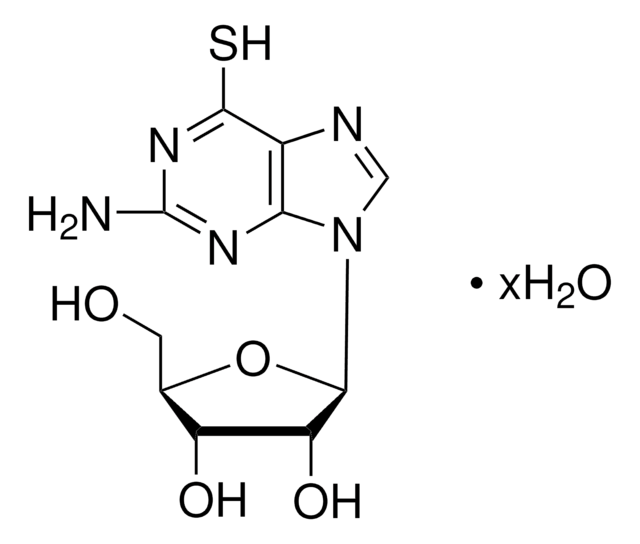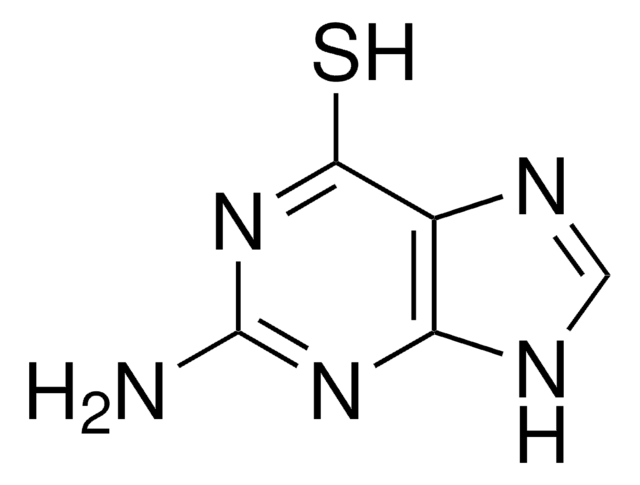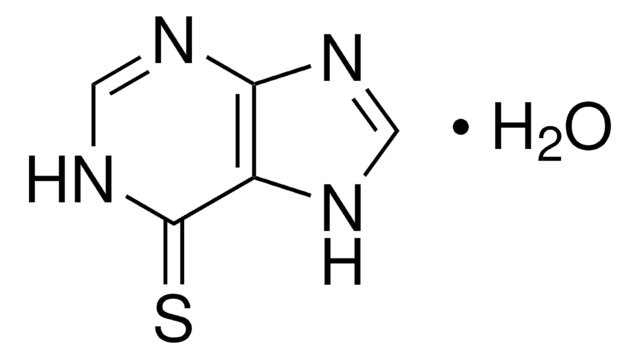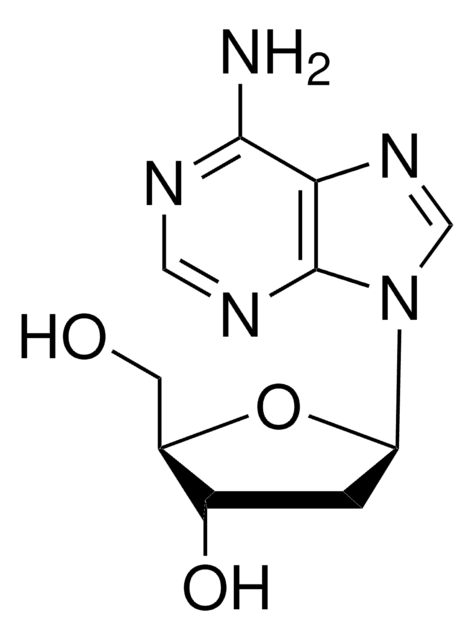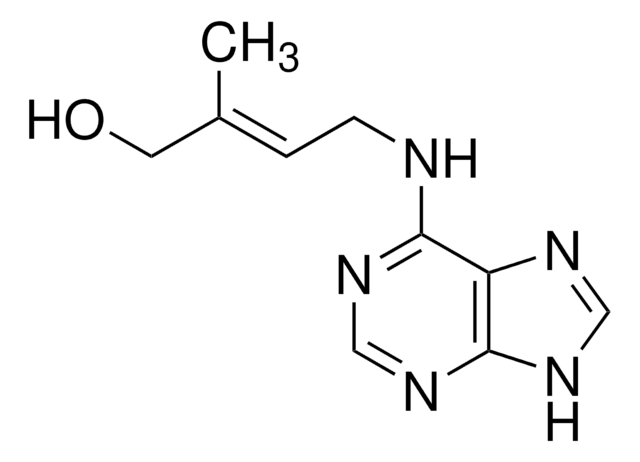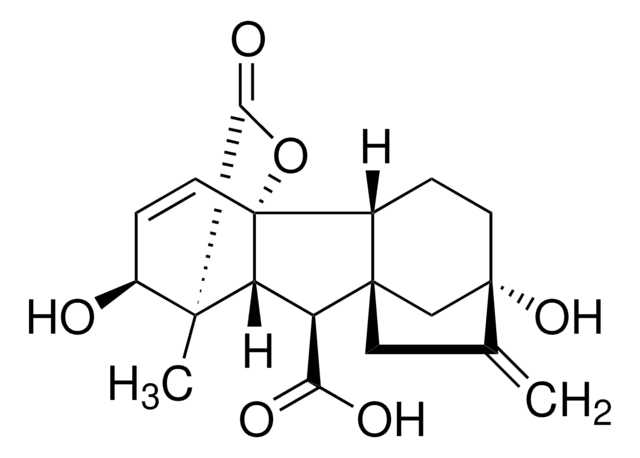M4002
6-Methylmercaptopurine riboside
≥99% (HPLC)
Sinónimos:
6MMPr, 6-(Methylthio)-9-β-D-ribofuranosyl-9H-purine
About This Item
Productos recomendados
origen biológico
synthetic (organic)
Ensayo
≥99% (HPLC)
Formulario
powder
solubilidad
methanol: 50 mg/mL, clear to slightly hazy, colorless to faintly yellow
temp. de almacenamiento
−20°C
cadena SMILES
O[C@H]([C@@H](CO)O1)[C@@H](O)[C@@H]1N2C=NC3=C(SC)N=CN=C32
InChI
1S/C11H14N4O4S/c1-20-10-6-9(12-3-13-10)15(4-14-6)11-8(18)7(17)5(2-16)19-11/h3-5,7-8,11,16-18H,2H2,1H3
Clave InChI
ZDRFDHHANOYUTE-UHFFFAOYSA-N
¿Está buscando productos similares? Visita Guía de comparación de productos
Aplicación
Acciones bioquímicas o fisiológicas
Código de clase de almacenamiento
11 - Combustible Solids
Clase de riesgo para el agua (WGK)
WGK 3
Punto de inflamabilidad (°F)
Not applicable
Punto de inflamabilidad (°C)
Not applicable
Equipo de protección personal
Eyeshields, Gloves, type N95 (US)
Elija entre una de las versiones más recientes:
¿Ya tiene este producto?
Encuentre la documentación para los productos que ha comprado recientemente en la Biblioteca de documentos.
Nuestro equipo de científicos tiene experiencia en todas las áreas de investigación: Ciencias de la vida, Ciencia de los materiales, Síntesis química, Cromatografía, Analítica y muchas otras.
Póngase en contacto con el Servicio técnico